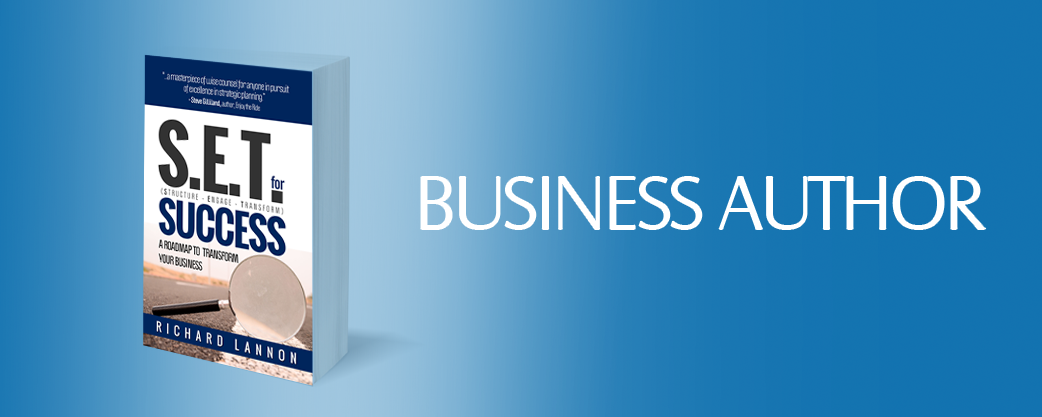I was doing some research on innovation and was surprised to find that a lot of what I write and talk on follows the steps of innovative strategic thinking. I have come to realize that sometimes we might get caught up in the need to find innovation […]
Read more →I was facilitating a discussion with a team of senior people in a transportation company. The challenge I heard they were having is that they were not communicating, ideas were not being shared or going nowhere. The problem as stated came from the VP of Operations and […]
Read more →Saying no is not a bad thing. Yet saying no doesn’t come easy for most people. No is actually something you should learn how say and use in business. No forces you to focus on what is important. If you don’t say no you end up with way […]
Read more →I have been thinking and discussing the word strategic with a lot of people. More importantly posing an interesting question, what does it mean to be strategic? The word strategic in the context of the question asked is an adjective generally “relating to the identification of long-term or overall aims […]
Read more →Some years ago during an economic adjustment I wrote an article about the importance of being clear on the steps you need to take to figure out what to do next, to solve business problems and find opportunities. I think it is especially important to look at those […]
Read more →To achieve a balanced business perspective consider using a Balanced Scorecard as part of your strategic planning initiative. A Balanced Scorecard is an approach that is used to align your business to the vision, mission, core values and strategy of the organization. The emphasis is to turn […]
Read more →












